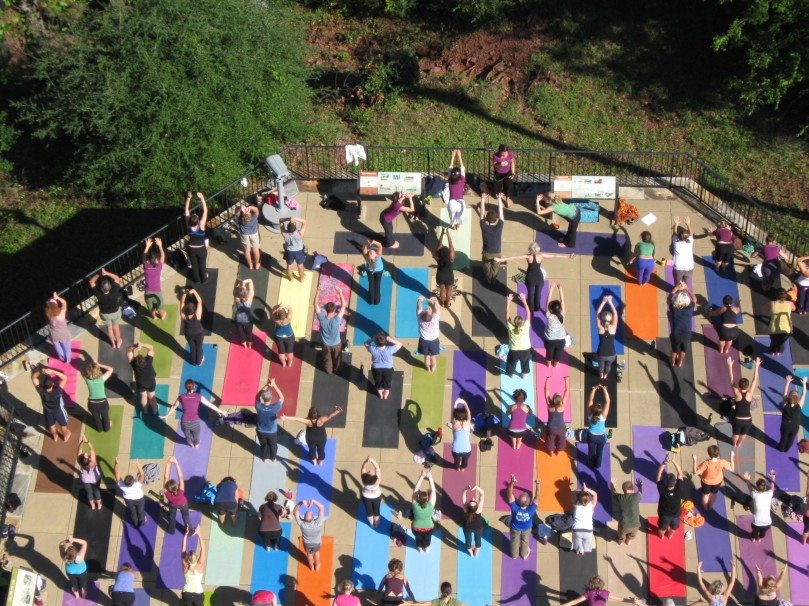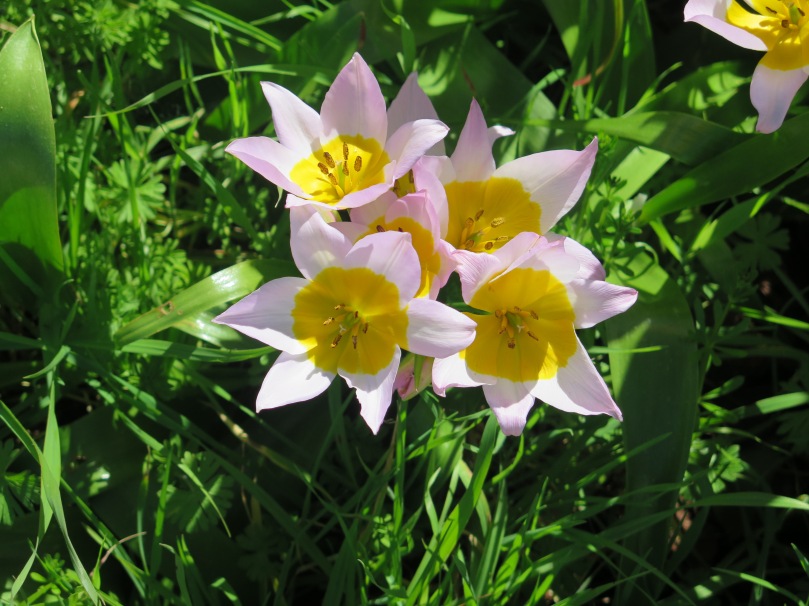There’s a local “celebrity” around my neighborhood who seems to favor the question mark. He sometimes wears a suit with question marks on it, and also drives around in a car covered in question marks. I don’t know why he started doing it, but his quirk is emblematic of how I feel at the current moment. I think if we could see people’s thought bubbles as they pass by, they would all be full of questions.
When will this pandemic end? Is my family safe? Will I ever work again? When will I be able to hug my children, my sisters, my mom? Do I have enough money to see me through this? Will the stores ever have Clorox wipes again? Is it safe to reopen? When will my kids go back to school? Will we ever have a vaccine? Why did my loved one have to die? Is there anyone we can depend on?
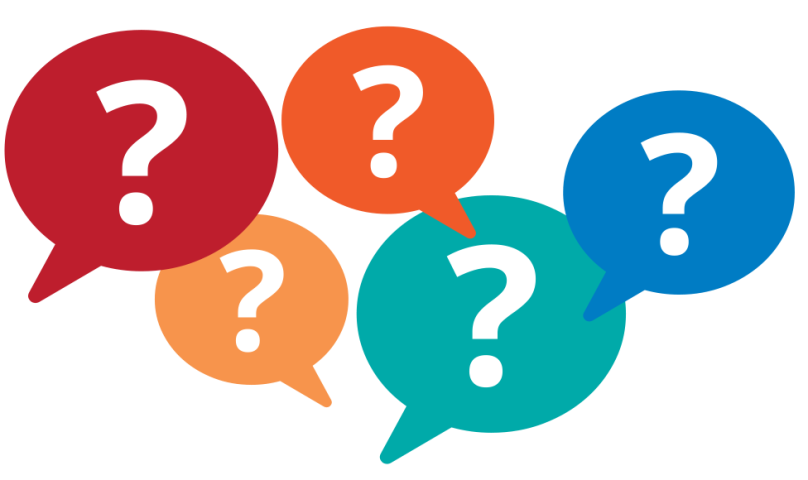 Apprehension about what lies ahead of us is leading to a heightened sense of worry that has both physical and emotional consequences. We’re facing an invisible enemy and that makes us feel helpless, even hopeless sometimes. People report difficulty sleeping, changes in eating habits, irritability, increased feelings of isolation, and lack of motivation. In fact, the census bureau reported this week that about one-third of U.S. adults are showing signs of clinical depression or anxiety. One-third! The American Psychological Association, which usually issues a report on Stress in America annually, is now doing a monthly survey. Here is some of what they’re finding:
Apprehension about what lies ahead of us is leading to a heightened sense of worry that has both physical and emotional consequences. We’re facing an invisible enemy and that makes us feel helpless, even hopeless sometimes. People report difficulty sleeping, changes in eating habits, irritability, increased feelings of isolation, and lack of motivation. In fact, the census bureau reported this week that about one-third of U.S. adults are showing signs of clinical depression or anxiety. One-third! The American Psychological Association, which usually issues a report on Stress in America annually, is now doing a monthly survey. Here is some of what they’re finding:
- Adults with children have considerably more stress than those who don’t, and much of it has to do with education, food and housing.
- The government’s response to the pandemic is a major source of stress.
- People are worried about their jobs and the economy.
- People of color are reporting more pandemic-related stress than are white people.
Even when we do our best to control the things that are controllable, and to acquire as much reliable information as possible, at the end of the day we are still left with a giant question mark about what’s to come. People aren’t just burning through their financial savings, they’re also using up a lot of emotional and psychological reserves. We can’t wait for a post-pandemic time to start rebuilding those reserves – we need to start now.
Here are some suggestions:
- Know when to ask for help. The APA website lists the signs and symptoms of anxiety, depression and suicide risk. If you or someone you know is experiencing these, reach out to your doctor or a hotline.
- Incorporate more than one stress management tool in your daily life. For instance, physical activity helps use up stress hormones in the moment, but having a mindfulness practice also will provide some emotional regulation.
- Make sure to do something fun every day. The danger of staying at home all the time is that we get into ruts and stop looking for diversions. Dr. Giuseppe Raviola, the director of mental health for Partners in Health, says to “remember the things that you really enjoy doing, and find a way to do them.”
- Learn something new. Download a language app; check out your local library’s website for free online classes; or pick up a musical instrument. Learning may give you new skills that will be useful in the future, it is mentally stimulating, and it provides a sense of accomplishment and control that we all need right now.
- Close the emotional distance with those you care about. Even if we can’t physically touch each other, we can reach out, check in, share stories and heal relationships. We need them now more than ever. Don’t be afraid to say what’s in your heart.
 Lately I often pose the question, “What’s not wrong?” As humans, we’re programmed to focus more on what is going badly, instead of what’s going well. Thich Nhat Hanh writes that “We should learn to ask, “What’s not wrong?” and be in touch with that. There are so many elements in the world and within our bodies, feelings, perceptions and consciousness that are wholesome, refreshing, and healing. If we block ourselves, if we stay in the prison of our sorrow, we will not be in touch with these healing elements.”
Lately I often pose the question, “What’s not wrong?” As humans, we’re programmed to focus more on what is going badly, instead of what’s going well. Thich Nhat Hanh writes that “We should learn to ask, “What’s not wrong?” and be in touch with that. There are so many elements in the world and within our bodies, feelings, perceptions and consciousness that are wholesome, refreshing, and healing. If we block ourselves, if we stay in the prison of our sorrow, we will not be in touch with these healing elements.”
Even in the midst of our fear, our grief, our anger and our stress, can we take a moment to find healing in the answers to just that one question – what’s not wrong?




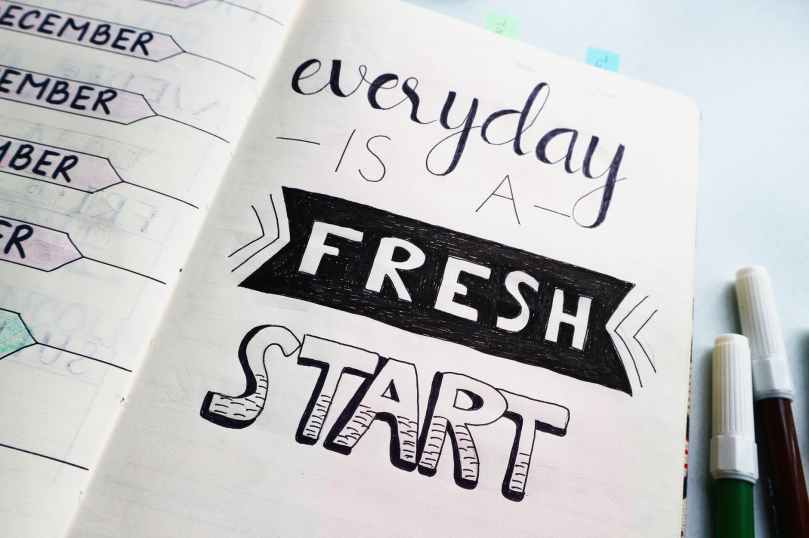

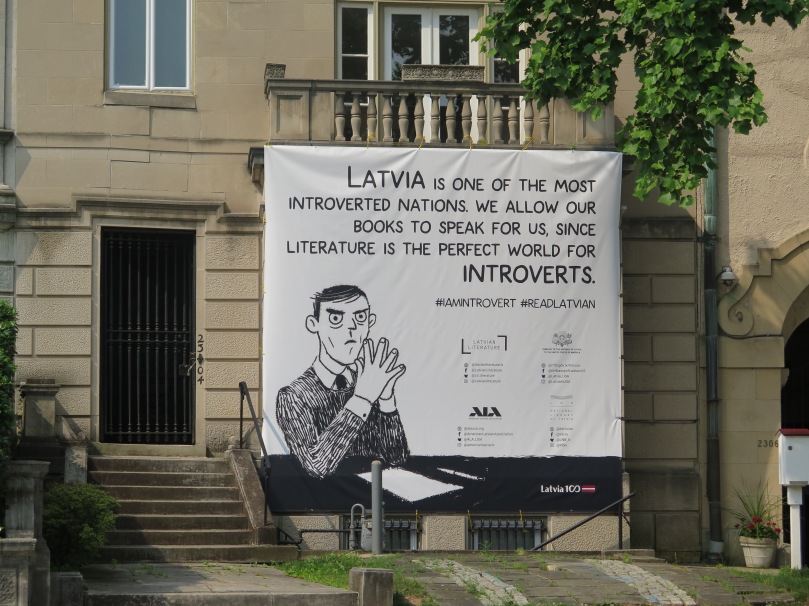


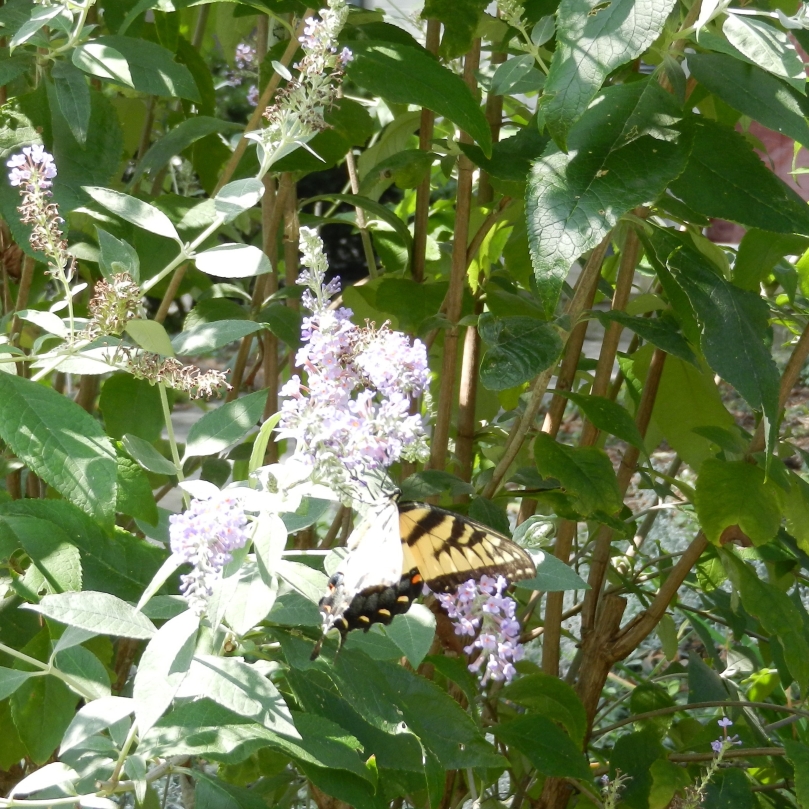 This is why the concept of “drishti” is so important in yoga, and can also be a practice that helps us off the mat. Drishti is a Sanskrit word that means “gaze” or “sight”; but also vision or point of view. By practicing drishti, we potentially develop better focus, concentration, and receptivity. It is a technique, but also, Life says, a metaphor.
This is why the concept of “drishti” is so important in yoga, and can also be a practice that helps us off the mat. Drishti is a Sanskrit word that means “gaze” or “sight”; but also vision or point of view. By practicing drishti, we potentially develop better focus, concentration, and receptivity. It is a technique, but also, Life says, a metaphor.